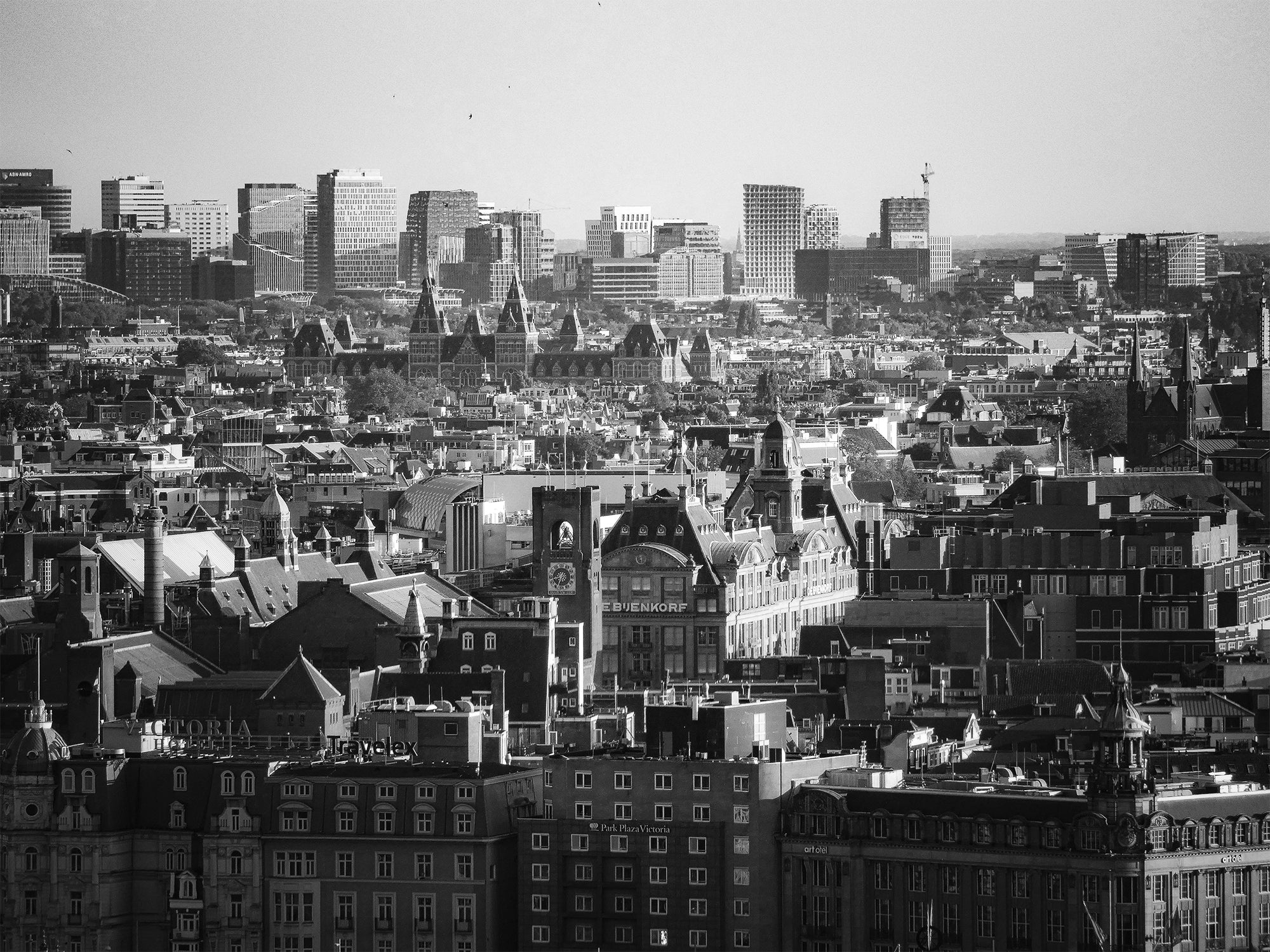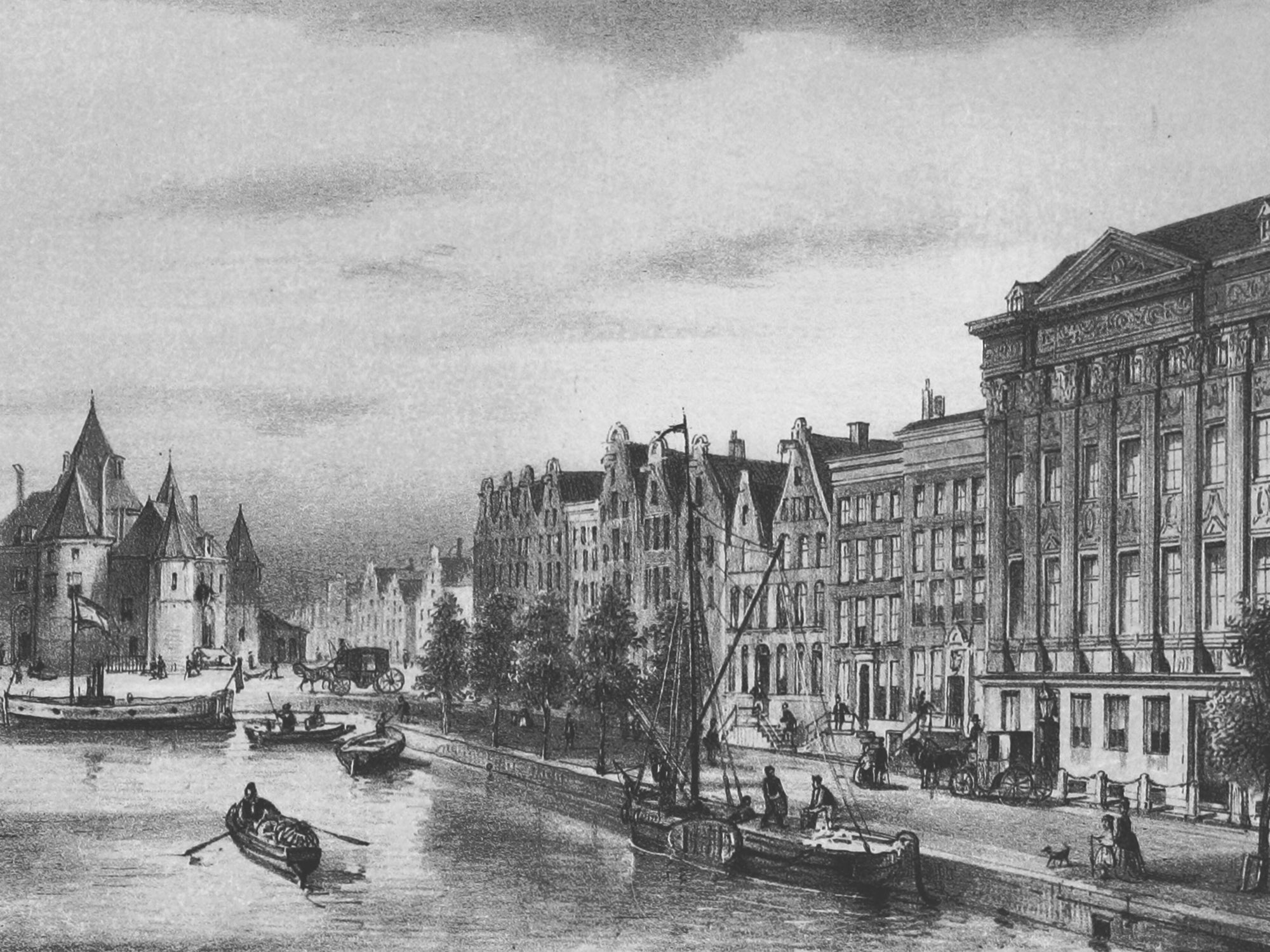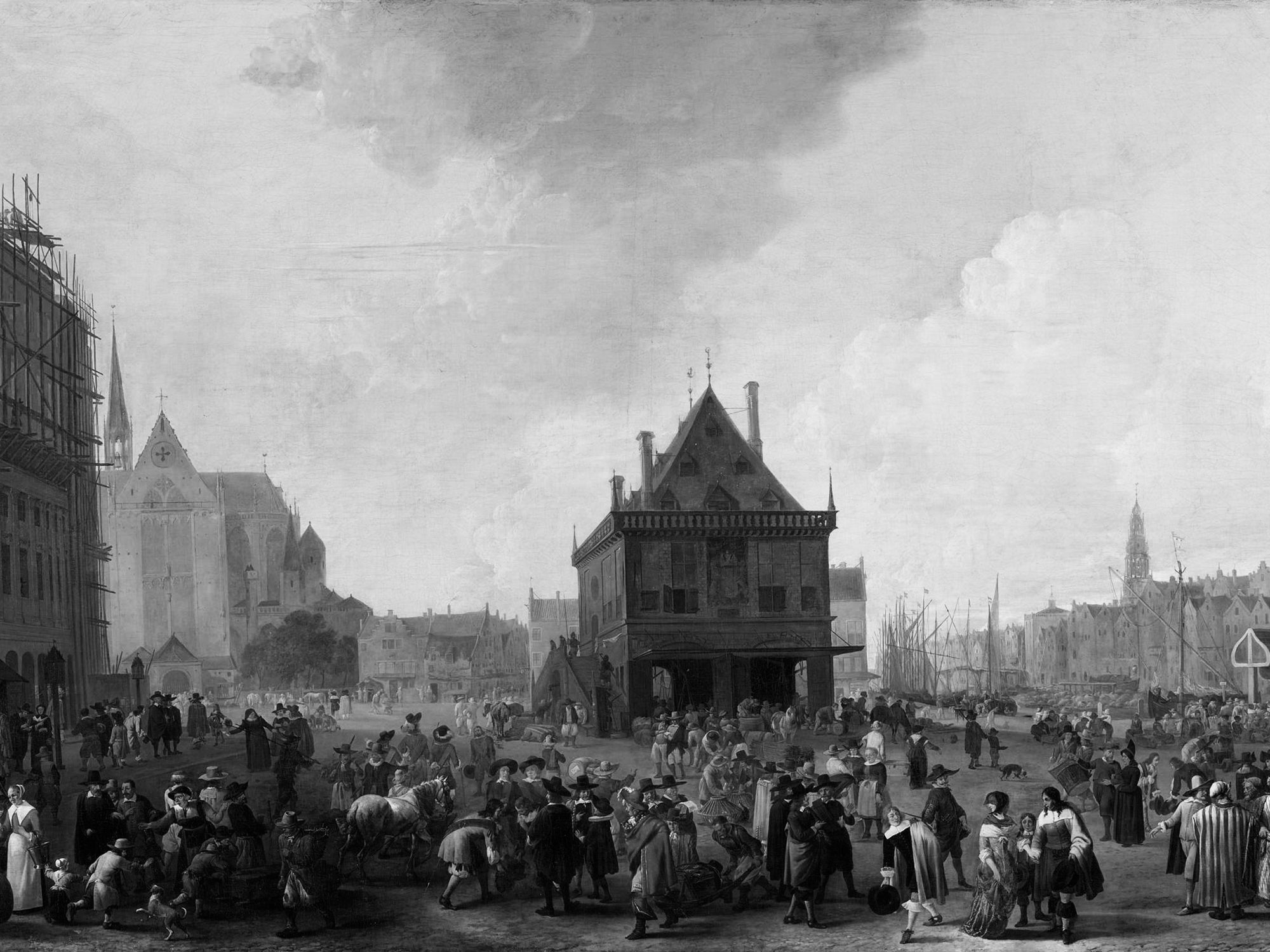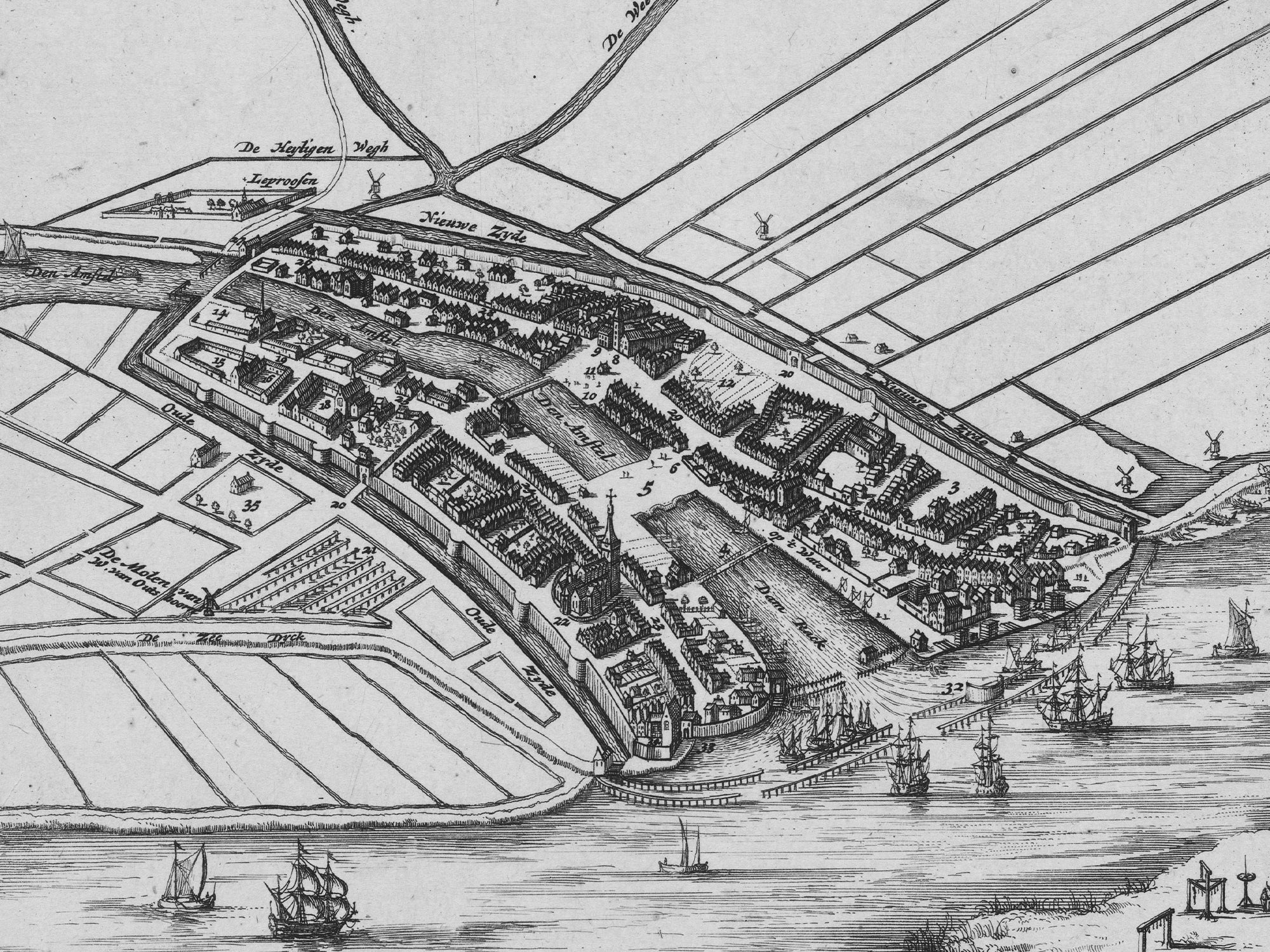









Wood Chair, Amsterdam - Prototype (White Oak)
This is a one-of-a-kind early prototype. Prototypes are sold as-is and have imperfections from testing and display. They are not guaranteed to withstand regular use and are sold to be displayed as art.
This Wood Chair prototype features four maps showcasing how Amsterdam has evolved over the past 700+ years. This prototype is made in White Oak.
Material: Solid Wood, Plywood
Dimensions: 18¼in L x 17in W x 37in H
Weight: 11.8lbs
Color: White Oak
Prototypes are one-of-a-kind pieces that were handcrafted during our earliest days of design development. They are truly unique, fine art objects that can be shipped to your desired location upon ordering. Your lead time will be determined upon finalizing logistics.
OCCUPYING OVER 700 YEARS OF AMSTERDAM HISTORY
Top Layer
2023
Amsterdam has become a global city celebrated for its blend of historical charm and modern, sustainable development.
The city preserves its 17th-century architecture while implementing green policies to reduce car dependency and carbon emissions. Housing shortages and mass tourism present challenges, prompting government intervention in urban planning. Thriving sectors like fintech, artificial intelligence, and creative industries sustain economic growth and global competitiveness. The city fosters a progressive cultural landscape with diverse communities, innovative startups, and world-class museums. Sustainable infrastructure projects, such as expanded bike networks and energy-efficient buildings, reinforce Amsterdam’s environmental commitments.
While addressing modern demands, Amsterdam continues to honor its legacy as a center of trade, culture, and innovation.


Second Layer
1875
Industrialization reshapes Amsterdam, driving urban expansion beyond the historic canal belt.
A surging population requires new residential and industrial districts, transforming the city’s landscape. Railways integrate Amsterdam with national and international markets, accelerating trade and economic growth. Urban planners introduce sanitation reforms, improve housing, and expand public transportation to accommodate rapid modernization. Grand cultural projects like the Rijksmuseum symbolize Dutch national pride and artistic achievement.
Amid economic opportunities and social challenges such as overcrowding and labor unrest emerge, Amsterdam transitions from a mercantile city to a modern European capital, balancing tradition with industrial progress.
Third Layer
1649
Amsterdam flourishes in its Golden Age, becoming a global hub of trade, finance, and culture.
The VOC and WIC (Dutch East & West India Company) dominate international commerce, establishing trade routes across Asia, Africa, and the Americas. A booming population of merchants, artisans, and laborers fuels economic expansion, while the near-completion of the canal belt showcases advanced urban planning. Financial institutions like the Amsterdam Stock Exchange solidify the city’s reputation as a capitalist powerhouse. Meanwhile, the arts thrive, with painters like Rembrandt capturing the vibrancy and complexity of the era. Cultural and intellectual life flourish, attracting scholars and entrepreneurs.
Amsterdam stands as a center of innovation, wealth, and global influence.


Bottom Layer
1306
Amsterdam is a modest settlement along the Amstel River that receives city rights from Bishop Guy of Avesnes, granting self-governance over trade and justice.
This recognition encourages economic growth through fishing, peat extraction, and expanding trade with the North Sea and Baltic regions. A small but active community of merchants, craftsmen, and fishermen operates under local elites connected to regional powers. Defensive structures emerge amid ongoing feudal tensions, reinforcing Amsterdam’s autonomy. Though still a modest settlement, these developments create the foundation for the city’s future prosperity. The newfound independence allows for early administrative and legal structures to take shape.
Commercial activity steadily increases, foreshadowing Amsterdam’s rise as an economic center.










